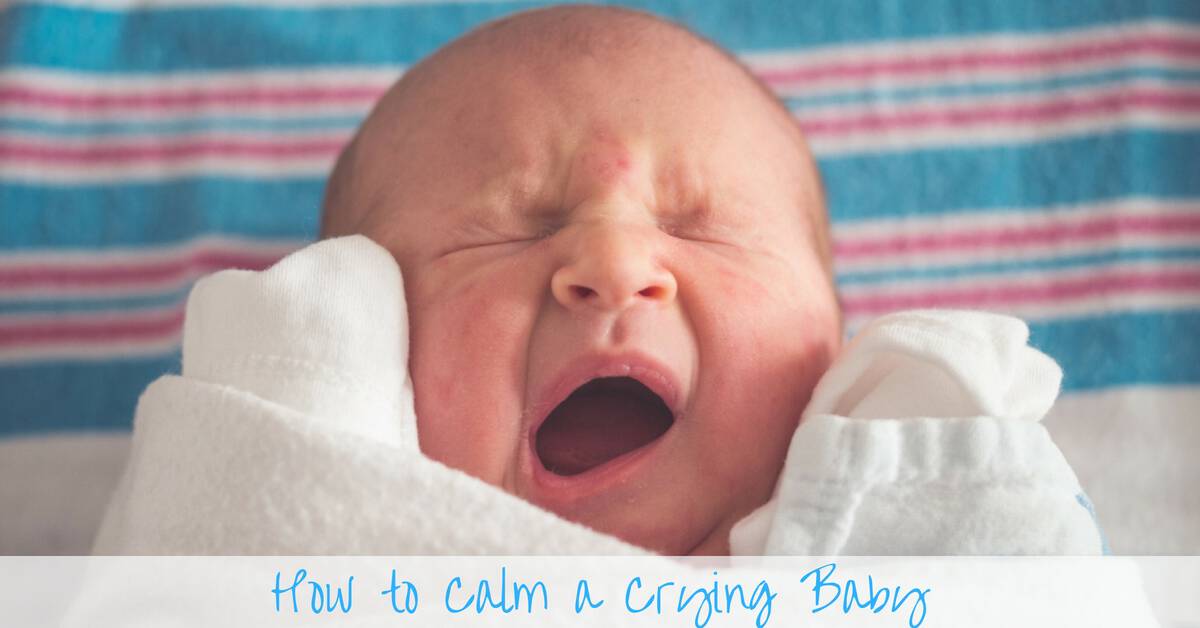The earsplitting screams of a baby can irritate the sweetest soul. It can also aggravate postpartum depression and compromise the health of the mother. Since babies are different, parents of more than one baby may encounter extremely opposite temperaments of their children. Regardless of their personalities, most babies will calm down with the following tips.
1. Sucking
Sucking relaxes most babies and makes them quiet, whether it is a finger, pacifier, or breast milk. However, fingers and pacifiers work best when the baby is well fed and just seeking comfort. A hungry baby will feel frustrated suckling anything that isn’t filling. When a baby is hungry or in pain, providing milk works best.
2. Swinging
Try fast rhythmic rocking, swinging, or jiggling which reminds the baby of the movements they experienced in their mother’s stomach. The level of the infants’ agitation determines the vigor of the motion necessary. That said, do not shake the baby hard as it is dangerous. Also, make sure you hold their head in a firm position.
3. Developing a Sleeping Pattern
Getting a baby into a routine helps both baby and the caregiver or parent to stay sane. Sleep plays a significant role in a baby’s development as well as his or her moods. Developing a routine for an infant is a long-term measure, and it’s one of the most challenging parenting hurdles. However, children learn faster than you may think. Habits ensure that babies get enough sleep and play, and a happier baby translates to less crying.
4. Checking for Colic
Colic, which typically begins at around 2 to 16 weeks of age, inflicts 26 percent of babies at various periods. The constant, unexplained crying can be a result of gas, discomfort, or the baby merely trying to cope with the world outside the womb. Lay the infant on his back, hold both of his legs and move in a gentle cycling motion.
Studies reveal breastfed babies with colic significantly improve when mothers stop ingesting dairy products. That is common especially in a family with a history of lactose intolerance and allergies.
5. Burping after Feeding
If overlooked, this routine results in much discomfort in a baby. Once the infant is well fed, hold her in an upright position and gently rub her back chest. Gently repeat until she burps. Though this procedure helps with reflux, severe cases may need a doctor’s prescription. Burping eases discomfort and calms infants.
6. Swaddling
One of the most effective ways to instantly soothe babies is “The Hold.” This four-step process, developed by Dr. Robert Hamilton, mimics the baby’s position in the womb.
Pick up the baby and fold his arms across the chest using your hand to secure the chest and chin. Hold the baby’s bottom with the other hand and gently position him at a 45-degree angle. Rock the baby by gently shaking their behind or slowly moving him up and down.
7. Going Out
Nature is kind and has a calming effect on children. Getting a crying child out of the house is therapeutic for both the caregiver and the child. Hummingbirds, rustling leaves, and other natural sights, sounds, and smells can distract and quiet babies. The motion and fresh air also help babies to be calm.
One of the hardest parts of babysitting is having to handle a crying infant. With the tips above, you can have a quiet baby and be a happy parent and caregiver.
Also see: Crying & Colic from the American Academy of Pediatrics.


